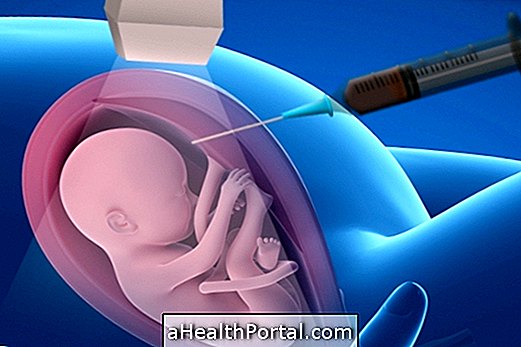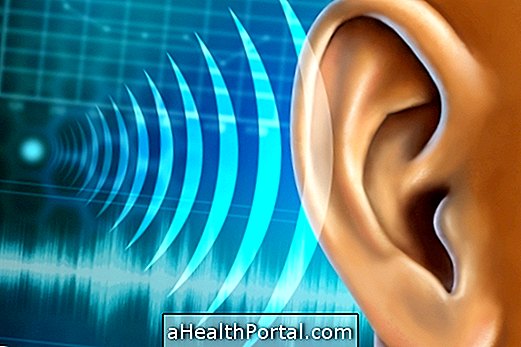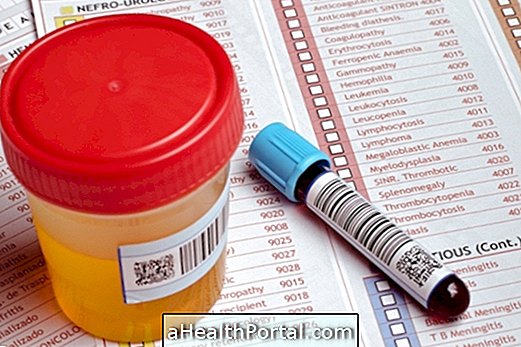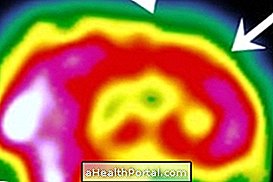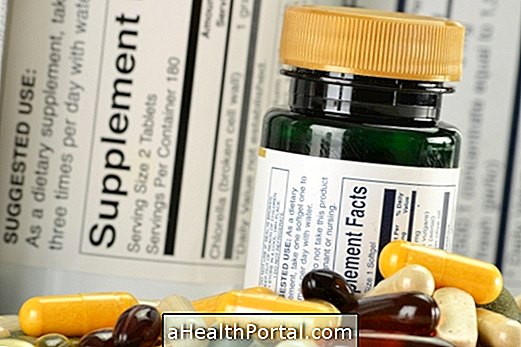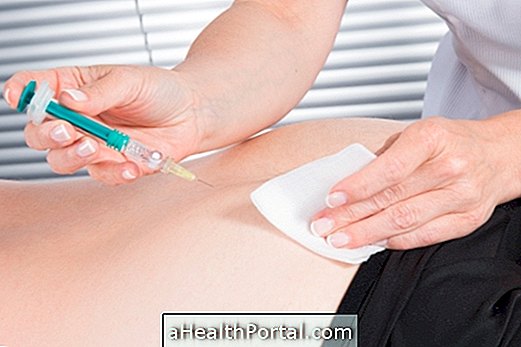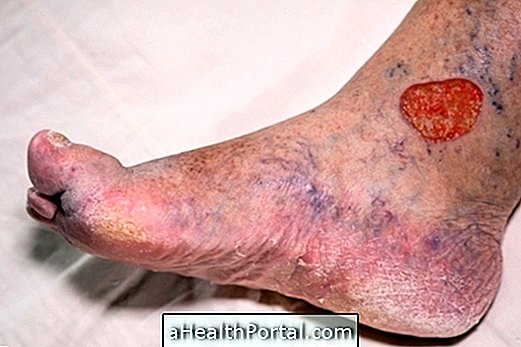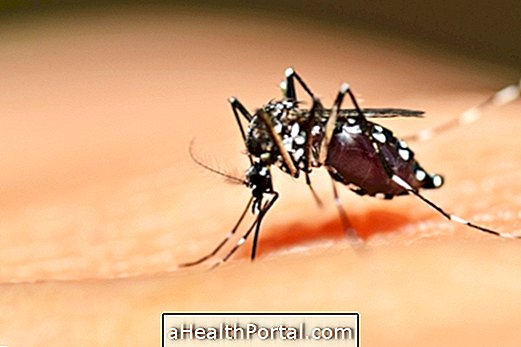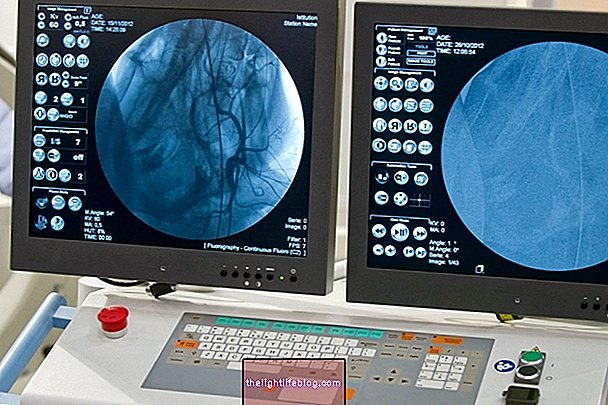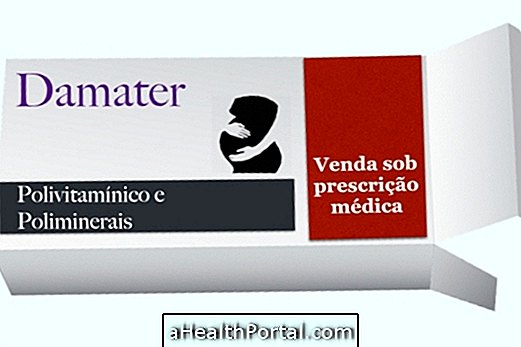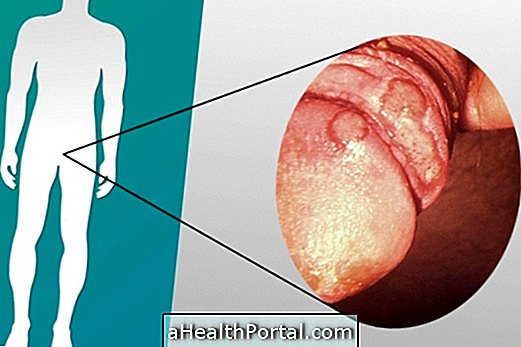Full-body scintigraphy or full-body imaging (PCI) is an imaging examination requested by the physician to investigate tumor localization, disease progression, and metastasis. Radioactive substances, called radiopharmaceuticals, such as iodine-131, octreotide, or gallium-67, are used, depending on the purpose of the scintigraphy, which are administered and absorbed by the organs, emitting a radiation that is detected by the equipment. Find out what radioactive iodine is for.
The images are obtained through an equipment, that makes the tracking of the whole body, after a day or two of the administration of the substance. Thus, it is possible to verify how the radiopharmaceutical is distributed in the organism. The test result is said to be normal when the substance is evenly distributed in the body and is indicative of disease when a large concentration of radiopharmaceutical is detected in an organ or region of the body.
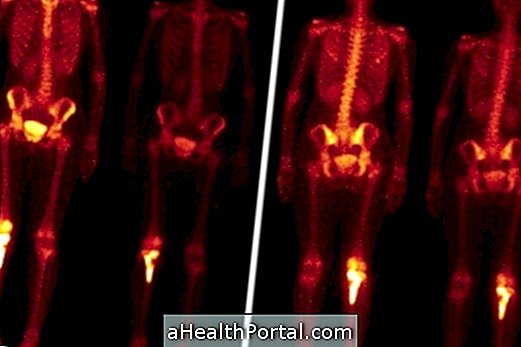
When full-body scintigraphy is performed
Full-body scintigraphy aims to investigate the primary site of a tumor, the progression, and whether or not there is metastasis. The radiopharmaceutical used depends on which system or organ is intended to be evaluated:
- PCI with iodine-131: its main objective is the thyroid, especially in those who have already performed thyroid withdrawal;
- PCI with gallium-67: is usually made to check the progression of lymphomas, to investigate metastasis and to investigate infections;
- PCI with octreotide: is made to evaluate tumor processes of neuroendocrine origin, such as thyroid tumors, pancreas, and pheochromocytoma. Here's how to identify and treat pheochromocytoma.
Whole body scintigraphy is done under medical guidance and poses no risk to the patient, since the radioactive substances administered are eliminated naturally from the body.
How PCI is made
Whole body research is basically done in four steps:
- Preparation of the radioactive substance at the dose to be administered;
- Administration of the dose in the patient, either orally or directly into the vein;
- Obtaining the image, through the reading made by the equipment;
- Image processing.
Full-body scintigraphy usually does not require the patient to fast, but there are some recommendations to follow depending on the substance to be administered.
In the case of iodine-131 it is recommended to avoid foods rich in iodine, such as fish and milk, in addition to suspending the use of some medications, such as vitamin supplements and thyroid hormones before taking the test. If a full-body scintigraphy is not done, but only a thyroid scintigraphy, it should be fasted for at least 2 hours. See how thyroid scintigraphy is done and what foods are high in iodine that should be avoided for the test.
The exam is done with the patient lying with the belly up and lasts about 30 to 40 minutes. PCI with iodine-131 and gallium-67 images are made 48 hours after radiopharmaceutical administration, but if infection is suspected, PCI with gallium-67 should be done 4 to 6 hours after the administration of the substance. In PCI with octreotide, the images are made twice, one with plus or minus 6 hours and another with 24 hours of administration of the substance.
After the examination the person can return to normal activities and should drink plenty of water to help eliminate the radioactive substance faster.
Pre-examination care
Before being submitted to full-body scintigraphy, it is important that the person tells the doctor if they have any allergies, if they are using a medicine containing Bismuth, such as Peptulan, for example, which is used for gastritis, or if you are pregnant or breastfeeding, since this type of examination is not recommended as it may affect the baby.
Side effects related to the administration of radiopharmaceuticals are rare, because very low doses are used, but allergic reactions, skin rash or swelling may occur in the region where the substance was administered. It is therefore important that the doctor knows the conditions of the patient.
